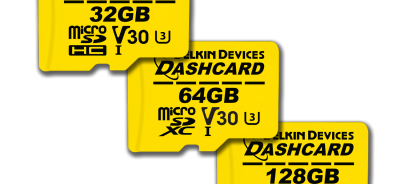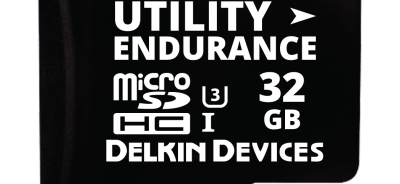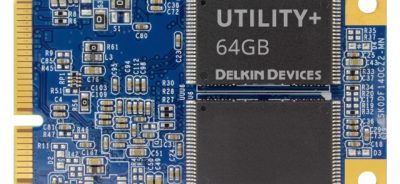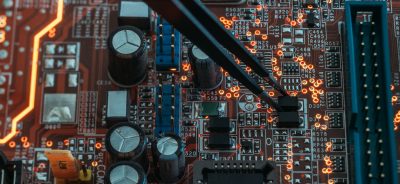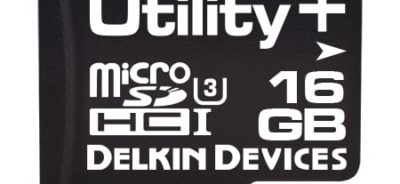Flash Memory in Industrial Applications
Industrial applications require the highest available levels of data security and memory operations. Because these applications are often on the front lines of critical systems in industries as diverse as healthcare and aerospace, there is no room for error or unpredictability. For most designers and engineers, the choice is clear: flash memory. Flash memory has replaced hard disk drive-based memory in most consumer and industrial applications for many reasons, but when it is used for industrial purposes, the flash memory’s grade must be sufficient to meet the demands of the device in which it is used.
Why has flash memory replaced other forms of memory?
Flash memory is not new to the marketplace. However, when it was initially introduced, it was considered to be too expensive to be practical for most applications. Instead, hard disk drives, or HDDs, led the way for data storage. HDDs had a problem, however—these drives were prone to failure due to their spinning mechanical parts. They were also slow, since the disk had to fire up and start spinning for every read and write operation.
Today, SSDs—solid state drives—with flash memory are the norm. Flash memory is faster and more reliable than other forms of memory, and it is also faster. This makes it a good fit for both consumer and industrial applications. In addition, SSDs don’t have moving parts like HDDs, so they are more reliable and faster than HDDs.
What kind of flash memory is used in industrial applications?
There are multiple grades of flash memory available. The type used most frequently in industrial applications is SLC NAND flash. SLC stands for single-level cell. This is the highest grade of flash available. With SLC flash, one bit of data is stored on each cell. Since only a single bit of data has to be written per cell, the chance that data will be corrupted or lost due to a power failure during the writing process is very low. SLC is also faster than other forms of flash memory, as the single bit of data per cell makes both read and write operations as fast as possible.
Flash memory has a finite number of write cycles it can perform—read cycles do not diminish the lifespan of flash. SLC flash has the longest available lifespan and integrated monitoring tools to alert users when the memory is reaching the end of its usable life. This ensures that users can make adjustments and order replacements as needed. Further, SLC can operate in extended temperature ranges and tolerate high levels of shock and vibration.
If you’re looking for flash memory for industrial applications, contact Delkin. Our team can help you choose the best embedded storage solutions for all of your industrial device needs.
CLICK HERE to purchase through Avnet. Delkin Devices Industrial Flash Storage can be ordered today through our distribution partner Avnet.
 Login
Login Register
Register



